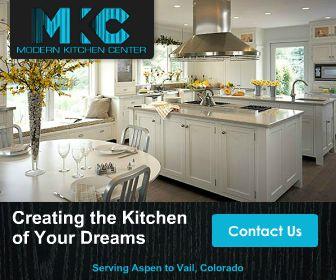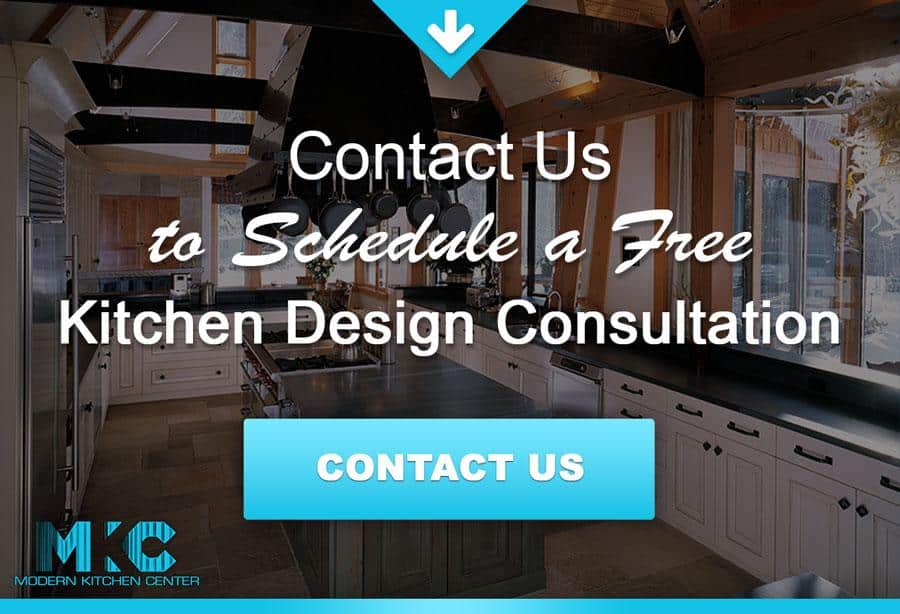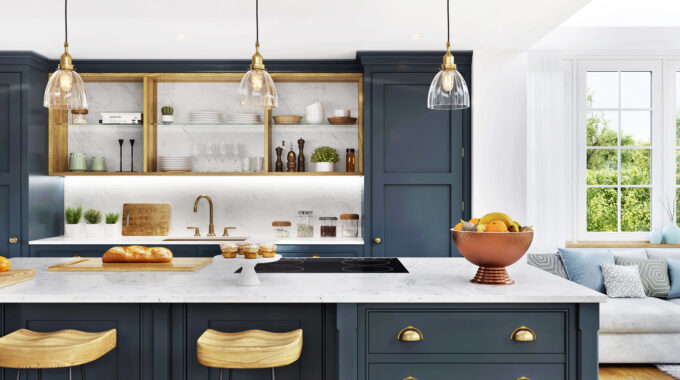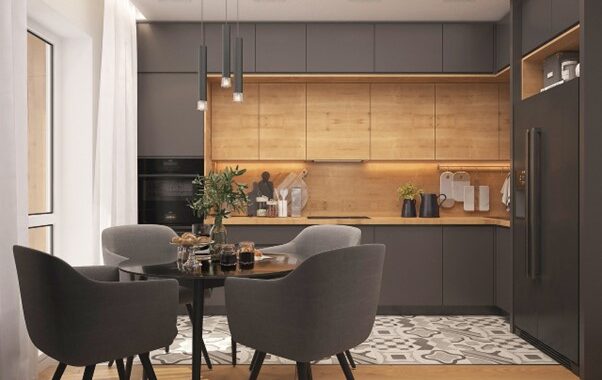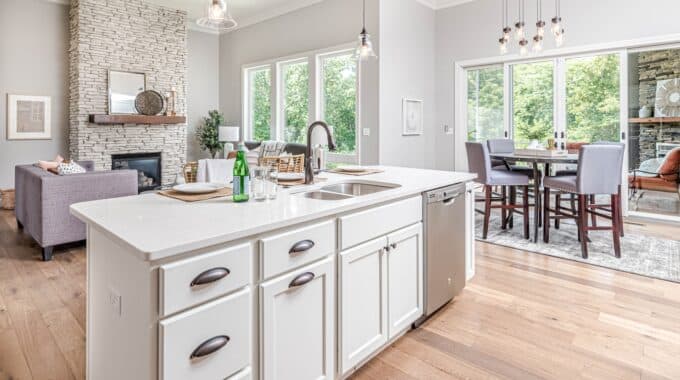
Pros and Cons of an Open Plan Kitchen
The kitchen is the heart of the home. Therefore, every homeowner should give considerable thought to its placement, design, and functionality before breaking ground on a new structure. Creating a kitchen layout that works for your household’s routines and habits is crucial.
Open Plan Kitchen
In an open-plan layout, the kitchen, dining area, and living area are joined into one spacious area. These days, it’s common for houses to have an open layout, with the help of creative interior design that divides the space into visually distinct but functional zones.
When renovating a home, the kitchen is the first room most homeowners focus on. Kitchens with an open layout have been popular for decades. Modern architects and interior designers view this layout as convenient and economical because it eliminates walls between the kitchen and living area, creating a spacious, open space. However, it doesn’t mean there aren’t any drawbacks to this layout.
If you are eager to open your house, you should opt for large multi-functional rooms rather than multiple smaller hideaways. Open floor plans are a fantastic way to make the most of the space you have and resist the trend toward smaller, boxier rooms in new construction. Therefore, home architects are increasingly incorporating the idea of open space into their plans. Many modern homes adhere to the dictum that interiors should be as airy and uncluttered as possible, with minimal use of walls and pillars.
Pros and Cons of Open Plan Kitchen
Open Kitchen Floorplan Pros
The following are the pros of an open-plan kitchen:
1. Large Enough to Fit Everyone
Having more room to work with is a major perk of open-plan kitchens. Even a single small room can feel claustrophobic in a home with restricted square footage. This is incredibly annoying in the kitchen, where you must maintain concentration while preparing food. With an open floor plan, a kitchen island can serve as a work area, a storage solution, a dining space, and a demarcation between the kitchen and the rest of the house.
This design is well-known for its ability to give the impression of more space and light within the dwelling. Walls separating a kitchen from an adjacent room can be removed to create the illusion of a larger room. Consolidating several rooms into a single larger space is a practical solution if you have several spaces that are less spacious than you’d like.
There are no obstructions to light or views; therefore, open-concept kitchens tend to feel more spacious and airy. They are the way to go because they are modern, stylish, and provide more freedom of movement and accessibility. Kitchens will no longer be enclosed spaces and instead have open layouts with plenty of ventilation. Additional room is provided for storing furnishings. The absence of an entry door in the kitchen’s layout plan ensures its ultimate success.
Newer apartments and houses are increasingly likely to include an open-plan kitchen. Separated from the rest of the house, open kitchens can serve as the social hub of the house while providing all the functionality of practical cooking space. Families prefer them because they don’t overcrowd the living area.
2. Makes Conversations Easier
Open-plan living produces multi-functional rooms, where living and being together become easier on all fronts, whether you’re conversing with your siblings or reading a magazine. A smaller number of larger bedrooms is ideal for large groups looking to socialize and relax in one location. Prepare for your home to become the social epicenter of the neighborhood because you’ll be able to extend your dining area.
A practical and functional kitchen is a must for those who value family time together. The open layout of the kitchen is ideal for this kind of living, making the whole area feel more collaborative and fun. Open areas are better for interaction and accessibility. Another plus is the added benefit of being able to move swiftly from the kitchen to the dining table to serve and prepare it.
Having dinner there allows a mother to keep an eye on the kids as they eat. As the wall is gone, it’s much easier to transfer the foods in a continuous motion. Set up a kitchen that allows you to socialize as you work.
3. Encourages the Feeling of Belonging
The significance of space is highly regarded by those who work in architecture and interior design. Maximizing the use of every available space in the home is crucial. The visual flow will be uninterrupted, and the space will feel more expansive if you open the kitchen to the living room. If you remove any walls that separate your kitchen and living area, you’ll have a much more spacious space where the cooks won’t feel like outcasts. It encourages the feeling that every family member belongs together while preserving the aesthetics of the place.
4. Invites Natural Illumination
Walls block the sun’s beams. As a result of the walls being taken down, light can now go unhindered from the living room into the kitchen. The lights in both rooms are yours to use as you see fit. It is possible to reduce utility costs significantly by upgrading to more efficient appliances.
Moreover, your moods and energy levels improve with increased exposure to natural light. Because fewer walls obstruct the light from windows and skylights, the interior feels more open and breezy.
For the sake of your well-being and your wallet, try an open-floor kitchen. Taking down some walls and installing some glass panes can be beneficial. Don’t overlook the roof while you make renovation plans. You can add a skylight, expanding your living space.
Furthermore, the amount of natural light coming into the room enhances vision and comfort. It seems counterintuitive, but increasing the amount of natural light in your kitchen gives you more freedom to play around with darker furniture.
If the walls and ceiling are painted in light or neutral tones, dark colors will provide a striking contrast. Darker colors may overwhelm smaller areas, but they give impact and intrigue to larger open-plan kitchens. The lack of a dividing wall or partition allows the light to diffuse evenly over the whole space. This improves the overall ambiance of the room. Pair this lighting with other types of LED spotlights or decorative lamps to create a more alluring ambiance.
5. Raises Your Home Value
Properties with an open floor plan, which is the most desirable design for many buyers, typically fetch higher prices than those with multiple smaller rooms because of their greater desirability. Your home’s resale value will increase, and your enjoyment of the space will increase if you convert your floor plan to an open layout. They are more expensive because purchasers like the extra space. Therefore, this style of kitchen is now trending in the housing market.
6. Makes Hosting Easier
Another major perk of having an open-concept kitchen is the increased opportunity for conversation and interaction between family and guests. Reducing the number of walls in a space makes it easier to host more people. There’s plenty of room for everyone to gather in this space. You can socialize with your guests even while preparing food and drinks. Adding an island in the middle makes for a great hot place for people to congregate. Pull out a few bar stools and have a makeshift, casual dining area.
Moreover, an open floor plan makes everything feel more unified and reduces the amount of time you have to spend away from your visitors, even if you have a dedicated eating area or table. Even if you don’t host dinner parties regularly, an open layout in the kitchen will allow you to spend more time with your loved ones.
Open Kitchen Floorplan Cons
The following are the cons of an open-plan kitchen:
1. Unorganized Disasters on Display
They say a dirty kitchen means a dirty home. Unorganized kitchen slabs, cabinets, and floor areas are always on display. This may not be a major issue for you if you are the type of person who never leaves dirty dishes in the sink. On the other hand, those who are laxer in their cleaning routines may have to adjust to the idea that their messy kitchens are on show for their guest to see. Having a messy kitchen behind closed doors is one thing, but having it right next to the couch in the living room can be pretty distracting.
2. Floating Odors Can be Annoying You All the Time
Your morning coffee won’t taste quite as good if you can still smell last night’s fish from the dining room. Many people are drawn in by the scent of freshly brewed coffee or bread baking in the oven; however, what about the bleach, soap, or oil that has been sitting there for days? You wouldn’t want to subject the rest of the family to these odors. The absence of doors allows the spread of odors that cannot be avoided. Those who are easily annoyed by these smells prefer an enclosed kitchen.
3. Excessive Noise Can Drown Conversations
Whether you’re doing the dishes, chopping the veggies, or checking the time on the roast in the oven, there might be a lot of sounds coming from the kitchen that may or may not be welcome in an open-plan home. A multi-purpose room is only convenient until the kids start crying because they can’t hear the TV while you’re boiling the kettle or the dinner party is ruined by the rumble of the dishwasher. The atmosphere might become much like a disco, which can get annoying sometimes. While noise can be reduced by utilizing rugs and fabrics, you may still end up hiding in your bedroom to avoid your children’s singing toys.
4. Far Less Privacy
If you want to zone out while cooking or make something as delicate as a cake, you might not like working in an open-concept kitchen. The TV in the neighboring living room or the conversation from the next dining room may make it difficult for you to focus.
It can get confusing when multiple people use the same room for different purposes. If you’re the type of person who thrives on solitude and quiet, an open floor design can prove to be a nightmare. Consider keeping a separate snug for yourself if the idea of being trapped in the house among screamers is upsetting.
5. Heating Becomes Difficult
The greater the number of walls in a home, the more efficiently and cheaply you can heat the space you’re using. It takes more time and money to heat an open floor plan because the entire area must be heated.
Considering the presence of ovens and other sources of intense heat, a busy kitchen can quickly reach dangerous temperatures. Modern heating, ventilation, and air conditioning system can solve the problem. The higher temperatures in that kitchen will unavoidably spread to the neighboring rooms; you’ll have to judge for yourself whether or not that’s a good thing.
Which Is Better – Open-Plan Kitchen or Closed Kitchen?
Even though open kitchens are becoming more popular in today’s society, that doesn’t mean they are optimal or should be forced onto anyone. Neither is inherently superior to the other; rather, the individual making the decision should ensure that they select the kitchen most conducive to their needs and lifestyle.
Make a list of your needs and wants and the benefits and drawbacks of various kitchen design options. It will help you make an informed decision. How well the aesthetic fits in with your way of life and the kitchen’s intended function is what matters most. Consider if you’d feel more comfortable in a tiny, crowded room or a large, open one and whether you’d rather have your own space or be in the company of others.
Final Words
Remember that both open and closed kitchens can be created to suit the homeowner’s needs with careful planning and consideration of the many options available to them. Consult an expert if you are unsure of how to proceed. They can assist you based on your preferences.



